Planning a trip to Spain can be exciting yet daunting, especially when deciding when to go. Each month in Spain offers different experiences, festivals, cultural events, and weather conditions that can influence your travel plans. It doesn’t matter if you’re looking for sunny beaches in the summer or the charm of the winter holiday markets; knowing what each season has in store can help you make the most of your visit. In this guide, we’ll explore the best time to travel to Spain month-by-month, highlighting the key events you won’t want to miss.
Spain: A Country for All Seasons
Spain truly offers something for every traveler, no matter when you decide to visit. It doesn’t matter if you’re drawn to bustling metropolitan areas like Madrid or Barcelona or the serene countryside of Andalusia, Spain won’t disappoint.
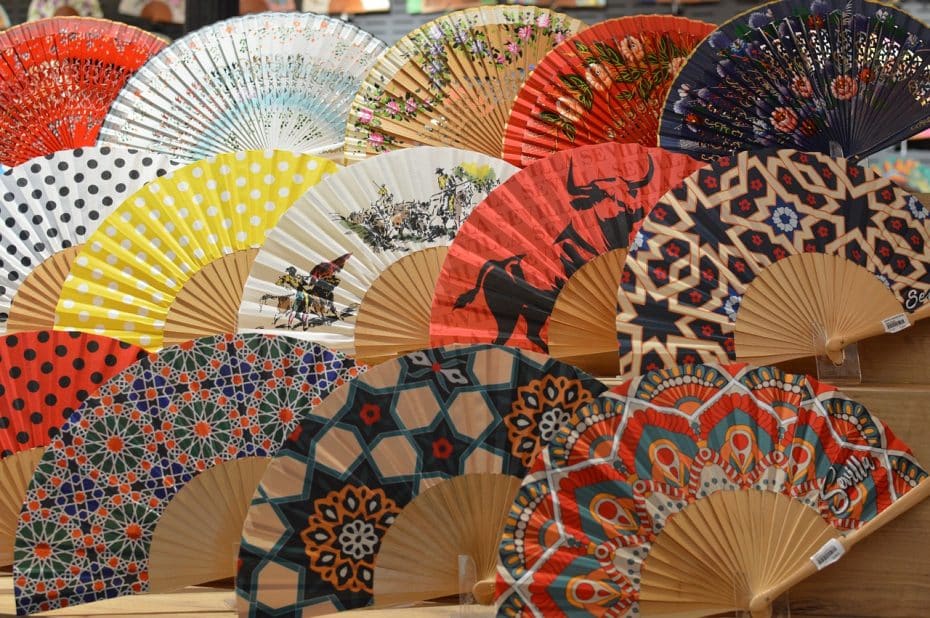
Contrary to popular belief, the rain in Spain does NOT fall mainly on the plain. In reality, the mountainous regions, such as the Pyrenees and the Cantabrian Mountains, receive the most precipitation, averaging around 1,500 millimeters (59 inches) annually. The climate varies significantly across different regions. On the Mediterranean Coast, summers are hot and dry, with temperatures reaching up to 30°C (86°F), while winters are mild, with averages around 15°C (59°F). Andalusia experiences scorching summers that often surpass 35°C (95°F) and mild winters that hover around 13°C (55°F). The Central Plateau sees hot summers with daytime highs near 31°C (88°F) but cold winters with temperatures dropping to around two °C (36°F). Conversely, the Northern region enjoys a temperate climate with mild summers averaging 22°C (72°F) and cool winters around nine °C (48°F). The Canary Islands boast an eternal spring-like climate, with temperatures ranging between 18-24°C (64-75°F) throughout the year.
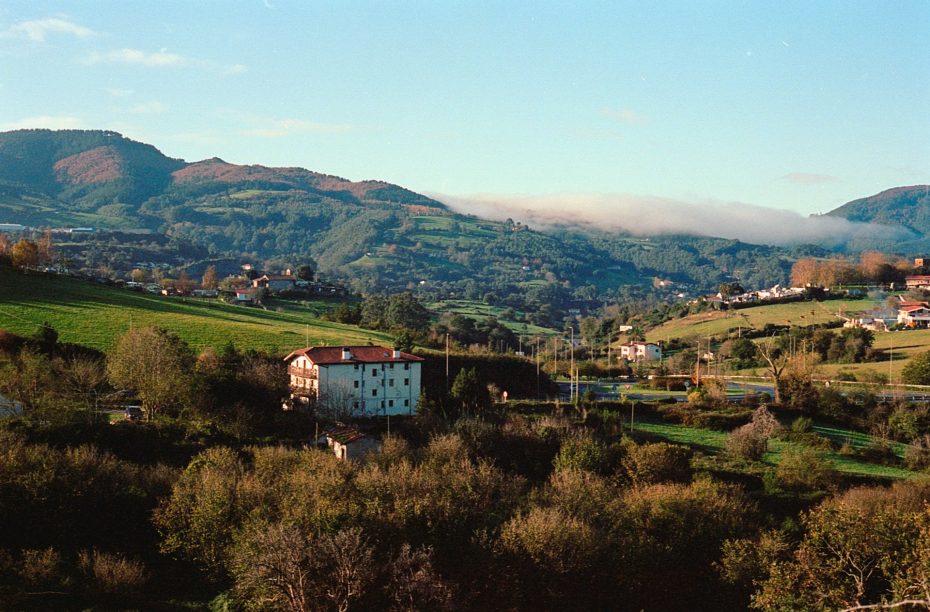
However, it’s not just the weather that makes any season the best time to visit Spain; it’s also the country’s many celebrations, festivals, and holidays. From January’s Cabalgatas de Reyes parades held nationwide to the lively Carnivals of Cádiz and the Canaries in February or March, there is always something to celebrate. Valencia comes alive in March with the explosive Fallas festival. Easter processions in Andalusia are deeply moving spectacles of faith and tradition. The summer months bring Madrid Gay Pride and Barcelona’s La Mercè festival in September. Finally, don’t forget the Christmas season when cities are illuminated with decorative lights and festive markets spring up everywhere.
How to Make the Most of a Trip to Spain No Matter Which Month You Visit
January
Visiting Spain in January offers a unique escape from the harsh winter temperatures found elsewhere in Europe. The mild weather and off-peak tourism season mean this month is perfect for exploring cultural sites, enjoying local cuisines, and experiencing winter sales.
In Madrid, January is highlighted by events such as Three Kings Day on January 6th, which includes a vibrant parade and celebrations that mark the end of the Christmas season. The city also hosts the International Tourism Fair (FITUR) towards the end of January. Over in Barcelona, this month features the Sant Antoni Festival, celebrated with parades of horses and pets and various traditional activities honoring Sant Antoni Abat.
Additionally, other parts of Spain have noteworthy events. In San Sebastián, the Tamborrada festival kicks off on January 20th with drum parades throughout the city. In Cádiz, festivities start to build up for the renowned Carnival later in February. Moreover, Almería celebrates its Patron Saint San Sebastián with processions and local festivities around mid-January.
In case you missed it…
February
February in Spain offers a relatively mild climate compared to northern Europe, making it an attractive destination for those wishing to escape colder weather.
In Madrid, February isn’t a month for hibernation. One of the key events is ARCO Madrid, one of Europe’s most important contemporary art fairs, attracting gallerists and collectors from around the world. In Barcelona, the Santa Eulàlia Festivities are held, honoring one of its patron saints with numerous activities, including human towers (castellers), parades, and traditional dances. Another highlight in Barcelona is Llum BCN, a festival that transforms the city with mesmerizing light installations.
Beyond these major cities, other regions in Spain also offer significant events in February. In Cadiz, the famous Cadiz Carnival kicks off with its renowned satirical song groups and vibrant costumes, making it one of Europe’s most famous carnivals. Meanwhile, Tenerife hosts its grand carnival celebrations with parades that rival those found in Rio de Janeiro. Valencia sees the beginning of preparations for Las Fallas with “La Crida,” a ceremonial call marking the start of this famed festival.
In case you missed it…
March
March in Spain is a delightful prelude to spring, with temperate weather and landscapes beginning to bloom.
Barcelona comes alive with its yearly Mutek festival, celebrating electronic music and digital creativity.
Furthermore, other regions also come alive with engaging events. In Valencia, the Las Fallas festival sees elaborate paper-mâché sculptures set ablaze as part of a fiery tradition. Seville showcases its rich equestrian culture during SICAB (Salón Internacional del Caballo), one of the world’s most prestigious horse shows. In La Rioja, wine lovers gather for the Wine Battle of Haro, where participants douse each other in wine.
In case you missed it…
April
April in Spain marks the beginning of spring, with pleasant temperatures and blooming landscapes. The weather is generally mild, making it perfect for outdoor activities and sightseeing. Days are longer, and the warmer sun allows travelers to delve into Spain’s rich culture and natural beauty.
In Madrid, the Semana Santa or Holy Week celebrations commence with processions and traditional music filling the streets. The city also hosts the Festival de la Cerámica y la Alfarería in the Carabanchel district, showcasing artisans’ work across Spain. Barcelona features the Sant Jordi Festival on April 23rd, a day when books and roses flood the city in honor of love and literature.
Elsewhere in Spain, Seville has become a focal point with its elaborate Semana Santa parades, which are among the country’s most famous. In Valencia, the Festival of San Vicente Ferrer, dedicated to the city’s patron saint, involves religious processions and community events at various local churches. Another notable event is the Feria de Abril, where cities in Andalusia buzz with flamenco performances, horse parades, and traditional fairground rides continuing into May.
In case you missed it…
May
May is an excellent month to visit Spain, with pleasant weather that is neither too hot nor too cold.
In Madrid, the Fiesta de San Isidro takes place in mid-May, honoring the city’s patron saint. This festival includes parades, traditional music, dancing, and outdoor concerts. Additionally, Madrid hosts the Mutua Madrid Open tennis tournament, attracting top international players.
Outside of these major cities, other regions also host noteworthy events. In Córdoba, the Festival de los Patios showcases stunning floral displays on private patios throughout the city. The Jerez de la Frontera area comes alive with its annual Horse Fair, highlighting Andalusian horsemanship and flamenco performances. In Catalonia, Girona celebrates its Temps de Flors event, where creative flower installations adorn the historic center.
In case you missed it…
June
June in Spain marks the onset of summer, with warm temperatures and plenty of sunshine, making it an ideal time to explore the country. The coastlines come alive with beachgoers, while inland cities offer a refreshing escape into their historic streets and cooler evening air.
In Madrid, visitors can experience the festival of San Juan, which takes place at the end of June and features bonfires, fireworks, and street parties. Barcelona also celebrates this festival with equal fervor, particularly with beach parties that go on all night. Additionally, Primavera Sound Festival draws music lovers from all over to Barcelona’s Parc del Fòrum for a multi-day extravaganza of international bands and artists.
Elsewhere in Spain, Granada hosts the Festival Internacional de Música y Danza de Granada throughout June. This event showcases classical music and dance performances in various historic settings across the city. In Pamplona, preparations for the famous San Fermín festival reach a fever pitch as locals gear up for the renowned running of the bulls in July.
In case you missed it…
July
Visiting Spain in July offers the opportunity to experience the country at its peak of summer vibrancy. The weather is typically hot and sunny, perfect for enjoying Spain’s numerous beaches and open-air festivities.
In Madrid, July is highlighted by the celebration of Pride, one of the largest LGBTQ+ events in Europe. The city comes alive with parades, parties, and cultural events that promote diversity and inclusivity. Meanwhile, Barcelona hosts various events, such as the Grec Festival, which features theater, dance, music, and circus performances.
Elsewhere in Spain, other notable events in July include the San Fermín festival in Pamplona, which features the famous running of the bulls. In Bilbao, the BBK Live music festival attracts top international bands and a large audience to Kobetamendi Hill. Meanwhile, in Valencia, the Gran Fira de València offers traditional parades, concerts, fireworks, and street performances throughout the month.
In case you missed it…
August
Visiting Spain in August offers a mix of high temperatures and vibrant festivities, making it a popular time. The coastal areas, with their stunning beach towns and picturesque waters, attract many who seek to escape the heat of the inland cities. Inland regions such as Madrid and central Spain tend to be quieter than usual as many residents take vacations this month.
In Madrid, August is highlighted by three major festivals: San Cayetano, San Lorenzo, and La Paloma. These festivals transform different neighborhoods of the city with lively street parties, traditional music, dancing, and local cuisine. Meanwhile, Barcelona hosts numerous events, such as the Gràcia Festival, where residents decorate their streets with vibrant themes, creating a unique atmosphere.
Elsewhere in Spain, festivals are abundant in August. In Málaga, the Feria de Agosto lights up the city with traditional costumes, music, dancing, and bullfighting. During the last week of August in Buñol, La Tomatina draws large crowds for its famed tomato-throwing event. Additionally, Bilbao holds Semana Grande (Aste Nagusia), featuring parades, concerts, and fireworks.
In case you missed it…
September
Visiting Spain in September offers a transition from the hot summer to more moderate and pleasant weather. This period provides an excellent opportunity to explore the varied landscapes and rich culture without the intense heat of July and August.
September is packed with activities, primarily due to the La Mercè festival in Barcelona, a major highlight featuring parades, concerts, and fireworks.
Elsewhere in Spain, September is marked by significant regional festivities. In Andalusia, you’ll find the Bienal de Flamenco in Seville, a festival dedicated entirely to flamenco dance and music. Valencia celebrates the street festival Fiesta de Sueca during this month with spectacular parades and traditional paella cooking contests. Meanwhile, in the northern Basque Country, San Sebastián hosts its International Film Festival, attracting filmmakers and cinephiles from around the globe.
In case you missed it…
October
Visiting Spain in October offers mild temperatures, making exploring without the summer crowd comfortable. Fall colors start to imbue the landscape, making it an ideal month for appreciating Spain’s scenic beauty.
In Madrid, October is marked by events such as the Autumn Festival (Festival de Otoño), which showcases various performing arts, including theater, dance, and music from around the world. Additionally, Barcelona hosts the Sitges Film Festival, one of the top international festivals specializing in fantasy and horror genres.
Beyond these cities, other regions also have significant events. In Zaragoza, the La Pilarica Festival honors the city’s patron saint with processions and celebrations. Meanwhile, León’s Gastronomic Festival offers a chance to indulge in local culinary traditions.
In case you missed it…
November
November in Spain is marked by mild temperatures and fewer crowds.
In Madrid and Barcelona, November is packed with cultural activities. Madrid hosts the Jazz Madrid Festival, attracting international artists and jazz enthusiasts. Concurrently, the city gears up for the Madrid Design Festival, showcasing innovative works from leading designers. Barcelona celebrates La Castanyada at the beginning of November, a traditional festival where locals enjoy roasted chestnuts and panellets (marzipan sweets). Additionally, L’Alternativa Independent Film Festival in Barcelona provides a platform for independent filmmakers to screen their works.
Elsewhere in Spain, several significant events are happening this month. In Granada, the International Tango Festival takes place, drawing dancers and musicians worldwide. Seville holds its annual Seville European Film Festival, which includes film screenings and workshops. Meanwhile, San Sebastián hosts its Gastronomika Congress towards the end of November, highlighting culinary trends and innovations from top chefs.
December
Spain during December offers mild temperatures in the southern regions and a festive holiday ambiance throughout the country. Visitors are also treated to Christmas lights, markets, and unique local traditions.
In Madrid, the month starts with the Feast of the Immaculate Conception on December 8th, a public holiday featuring religious processions and celebrations. The city’s streets light up with elaborate Christmas decorations, and Plaza Mayor hosts a Christmas market filled with artisanal gifts and seasonal treats. Meanwhile, Barcelona celebrates Fira de Santa Llúcia, a historic Christmas fair before the cathedral that dates back to 1786. This fair offers handmade crafts, nativity scenes, and traditional Catalan food stalls. Both cities also feature festive concerts and theater performances throughout the month.
Elsewhere in Spain, December is marked by notable events such as the Fiesta de Santo Tomás in San Sebastián on December 21st, where locals dress in traditional Basque costumes and enjoy agricultural markets and folk performances. In Seville, the month is filled with Flamenco shows and street parades leading up to Christmas. Similarly, Granada offers vibrant celebrations at its Christmas market near Cathedral Square, along with spectacular Christmas light displays throughout its historic center.


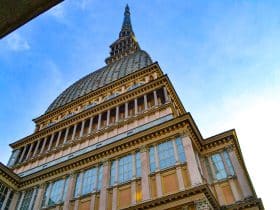
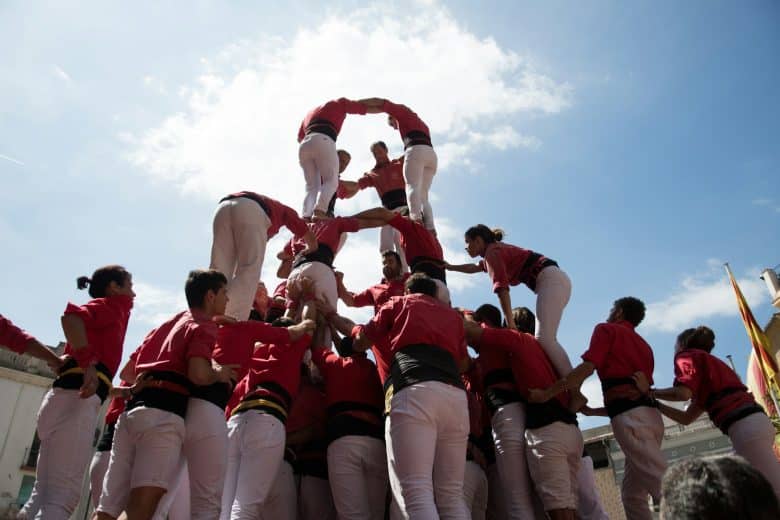
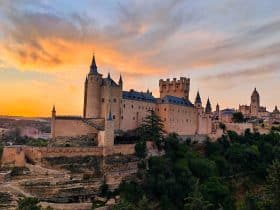


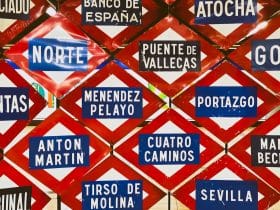
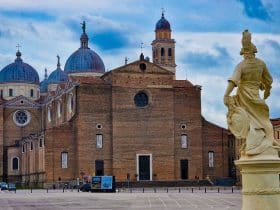

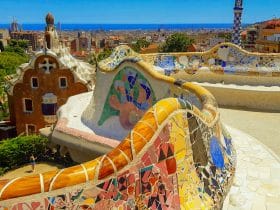











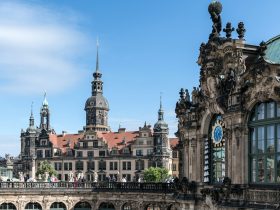
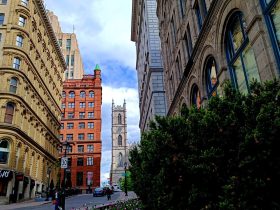
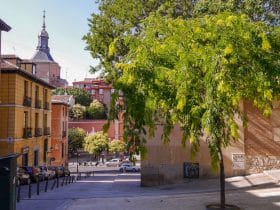

Leave a Reply
View Comments